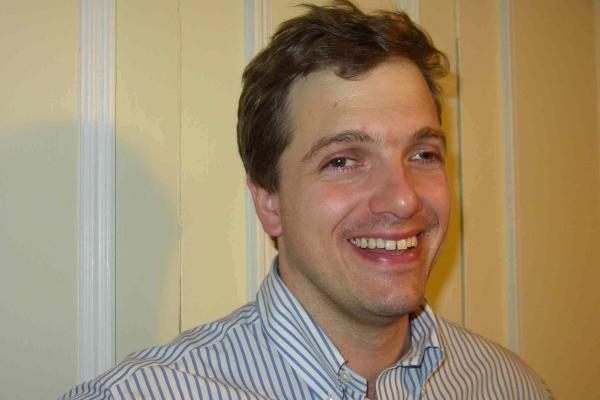
We analyze the evolution of hydrodynamic fluctuations for QCD matter below Tc in the chiral limit, where the pions (the Goldstone modes) must be treated as additional non-Abelian superfluid degrees of freedom, reflecting the broken SUL(2)×SUR(2) symmetry of the theory. In the presence of a finite pion mass the hydrodynamic theory is ordinary hydrodynamics at long distances, and superfluid-like at short distances. Near the O(4) critical point the sigma contribution must also be added to the hydrodynamic theory. We review how these new hydrodynamic degrees of freedom change the transport of iso-vector axial charges, from a simple diffusion equation (well above Tc) to propagating pions (well below Tc). The presence of these degrees freedom then gives specific contributions to the bulk viscosity, the shear viscosity, and diffusion coefficients of the ordinary hydrodynamic theory at long distances which we compute. Finally we speculate that these O(4) critical considerations are necessary to explain current data on soft pion production at the LHC.
Zoom link: Join Zoom Meeting
Passcode (if required) : 852070.
